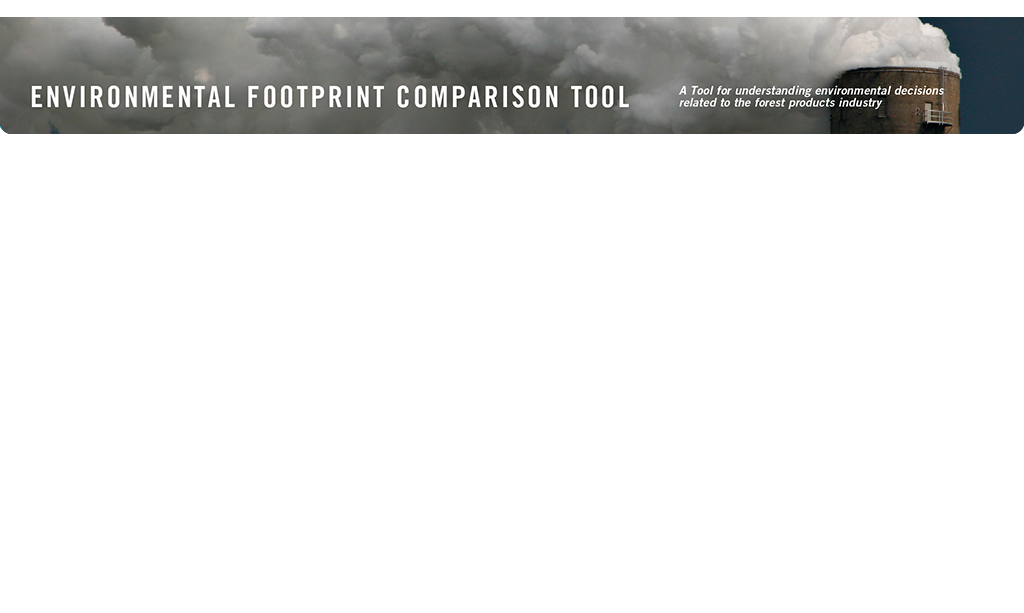
Pulp and paper manufacturing is one of many industrial sources of emissions of sulfur oxides (SOx) and nitrogen oxides (NOx). Wood products manufacturing is also a source of NOx, but SOx emissions are typically minimal.
SOx and NOx emissions originate as products of combustion that accompany power generation and the processing of pulping chemicals. Electric utilities are by far the dominant sector for SOx and NOx emissions.
For over 25 years, these emissions have been reduced where levels contributed to impaired environmental quality, as well as in response to government mandated performance standards. Considered together, these substances have been implicated in adverse respiratory affects where certain thresholds are exceeded, as well as acidic deposition thought to affect vegetation, soils and surface waters.
For more information, use the grid below.
Hover over the bubbles to see possible effects of decreasing SOx and NOx emissions. How should I use this information?
If you are unable to view the video here, you can also find all the videos in this site here.

 SOx emissions are dominated by stationary sources, foremost among them electric utilities.
SOx emissions are dominated by stationary sources, foremost among them electric utilities.
 NOx emissions are dominated by non-
NOx emissions are dominated by non-
stationary transportation-related sources.
 In the U.S., SO2 emissions have steadily declined between 1980 and 2005, even though paper production increased by 67% over the period.*
In the U.S., SO2 emissions have steadily declined between 1980 and 2005, even though paper production increased by 67% over the period.*
* Pinkerton, J. 2007. Sulfur dioxide and nitrogen oxides emissions from U.S. pulp and paper mills, 1980-2005. Journal of the Air and Waste Management Association 57(8): 901-906.
- Lowgrid1
- Lowgrid2
- Lowgrid3
- Lowgrid6
- Lowgrid7
- Lowgrid8
- Lowgrid9
- Lowgrid2
- Lowgrid3
- Lowgrid7
- Lowgrid15
- Lowgrid16
- Lowgrid18
- Lowgrid18
- Lowgrid20
- Lowgrid20
- Lowgrid21
- Lowgrid22
- Lowgrid23
- Lowgrid23
- Lowgrid23
- Lowgrid23
- Lowgrid25
- Lowgrid28
- Lowgrid28-2
- Lowgrid28
- Lowgrid29
- Lowgrid30
- Lowgrid33
- Lowgrid33
- Lowgrid33
- Lowgrid34
- Lowgrid34
- Lowgrid35
- Lowgrid35
- Lowgrid37
- Lowgrid38


